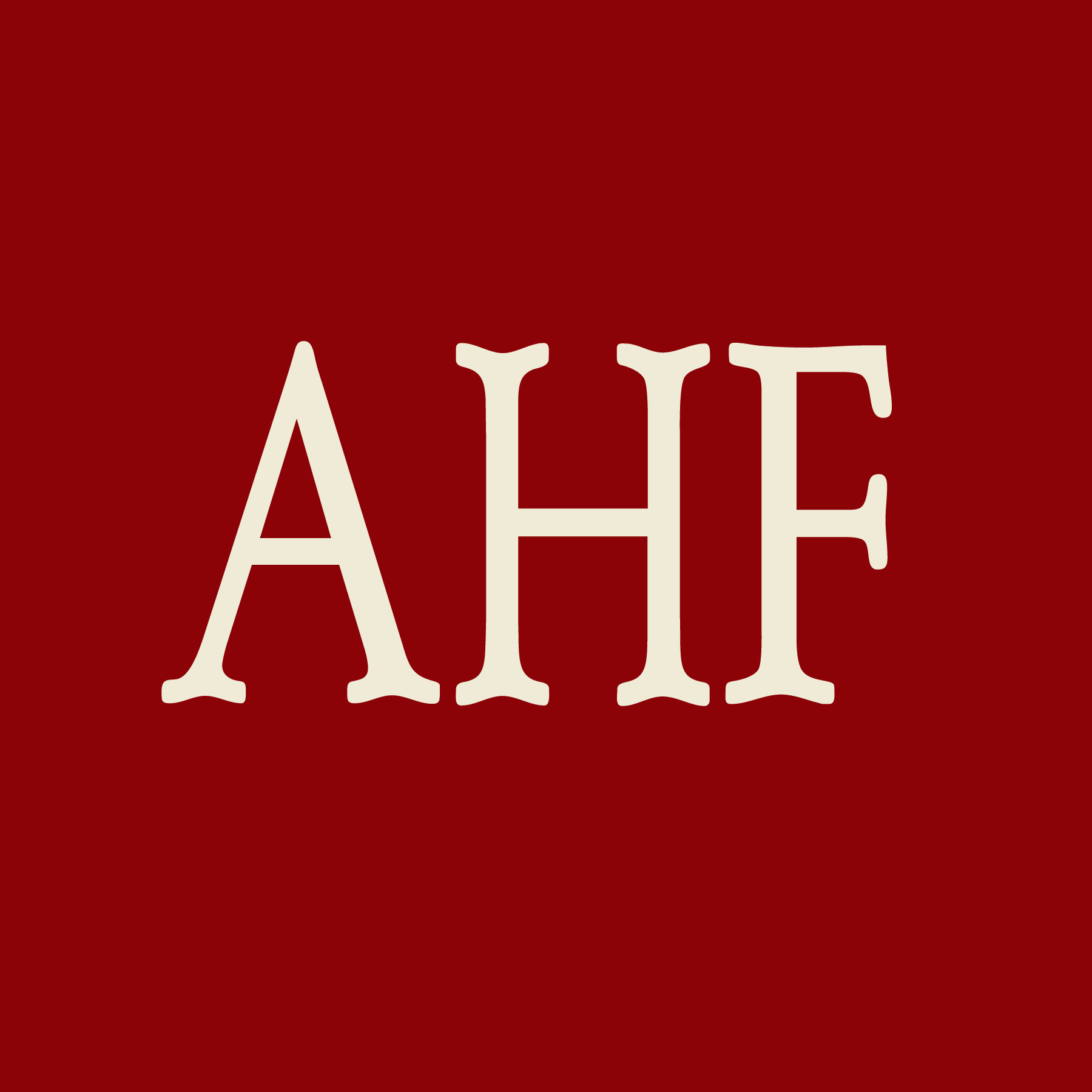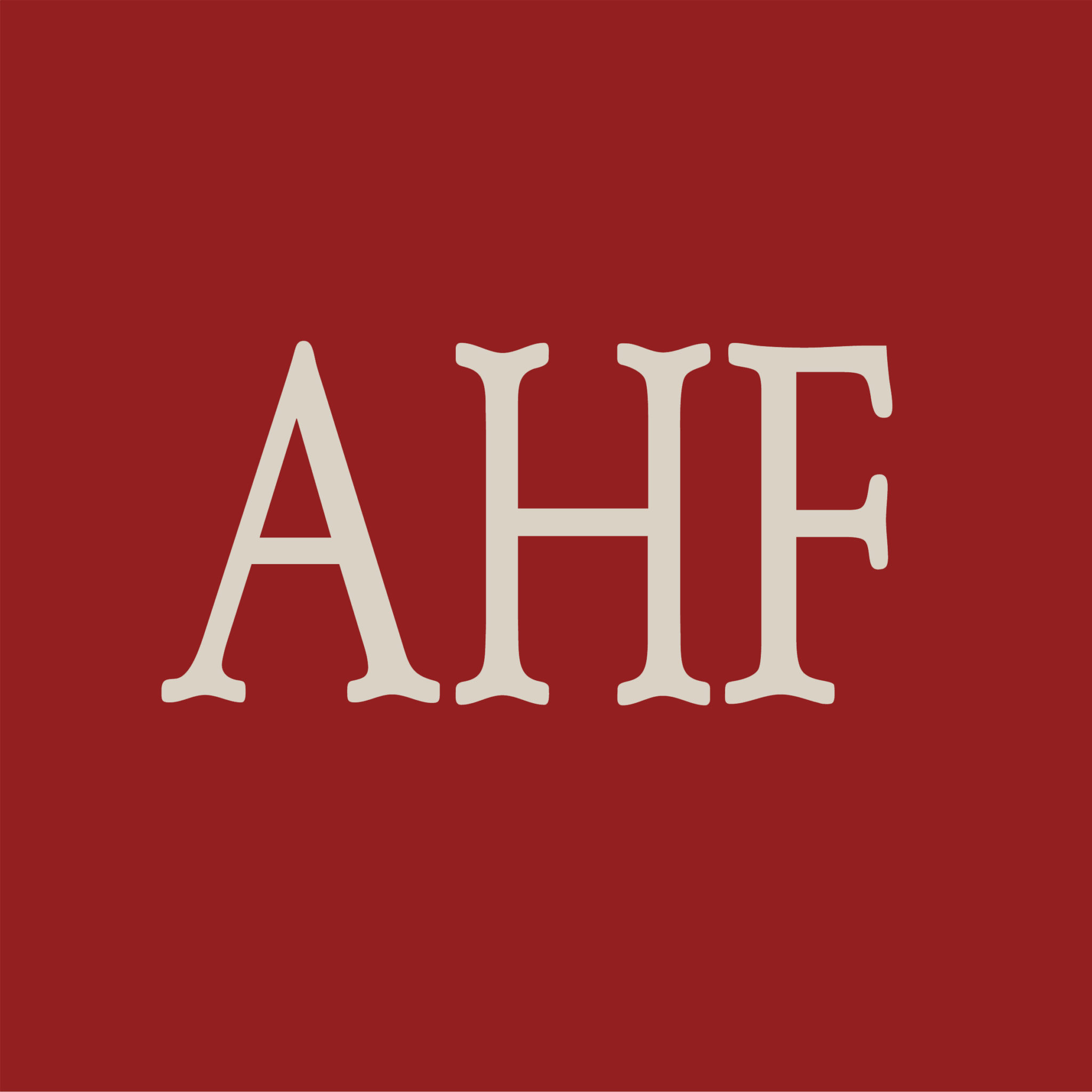“Words will not save lives and will not end the AIDS epidemic,” says AHF;
concrete steps to access treatment desperately needed.
WASHINGTON, Nov 30, 2011 – Today AIDS Healthcare Foundation (AHF), the largest global AIDS organization, called on President Obama to offer real action in his World AIDS Day speech on how the United States can increase access to treatment for the millions of people with AIDS around the world who need it. The President is scheduled to give his address, called “The Beginning of the End of AIDS,” on World AIDS Day, December 1.
“The Obama administration rightly says that treatment as prevention is the key to ending AIDS, but it has yet to shift U.S. policy and funding in that direction. Words will not save lives and will not end the AIDS epidemic,” said Michael Weinstein, AHF’s President.
AHF is calling for the President to put forth a concrete plan of action to increase access to treatment globally in order to end the epidemic. The administration has lauded the benefits of treatment as prevention following the release in May of a study which confirmed that the same AIDS drugs that keep people with HIV/AIDS alive and healthy, also reduce HIV transmission by 96%.
Worldwide, there are approximately 34 million people living with HIV/AIDS. However, only about 6.8 million are receiving treatment. The United States’ primary program to address AIDS globally is PEPFAR (President’s Emergency Plan for AIDS Relief). It was the result of President Bush’s groundbreaking 2003 State of the Union pledge to bring two million HIV positive Africans and others into treatment and prevent seven million new HIV infections via a five-year, $15 billion US-funded program. It currently operates in 22 focus countries and claims to support antiretroviral treatment for 3.2 million people worldwide as of 2010.
“If the administration is serious about increasing the number of people on treatment, here’s how you get there: First, the United States has to commit to fully spend the $48 billion Congress authorized for global AIDS in 2008. Second, at least half of that money has to be spent on treatment. Third, administration and overhead in our global AIDS programs have to be reduced to just 10% of costs. Finally, we should spend no more than $300 per person per year for treatment. The administration claims it is spending only $335 per person now, so we can meet that. If we do these things, we can treat tens of millions of people, and drive a stake through the heart of the AIDS epidemic,” said Weinstein.
The absence of a concrete plan to increase access to treatment also causes confusion regarding the real meaning of the administration’s newly announced goal of achieving an “AIDS-free generation.”
“Without a specific plan in place, we are concerned that an ‘AIDS-free generation’ may be Washington-speak for largely abandoning the 34 million people around the world who are living with the disease today. These 34 million unwittingly will be the source of all new HIV infections, so we can’t protect any generation from AIDS without reaching the people who already have it,” said Weinstein.
“If the President pursues a strategy that ignores the people who need help now, it’s not following the science, it’s turning a blind eye to science for the sake of better public relations,” Weinstein added.
“With treatment costs falling so much, and with the preventive effects of treatment now widely known, there is simply no reason for the administration not to drastically increase the number of people receiving treatment. Every person on treatment is a life saved, is a person who can work and support his or her family, and is an infection prevented,” said Tom Myers, Chief of Public Affairs for AIDS Healthcare Foundation.

